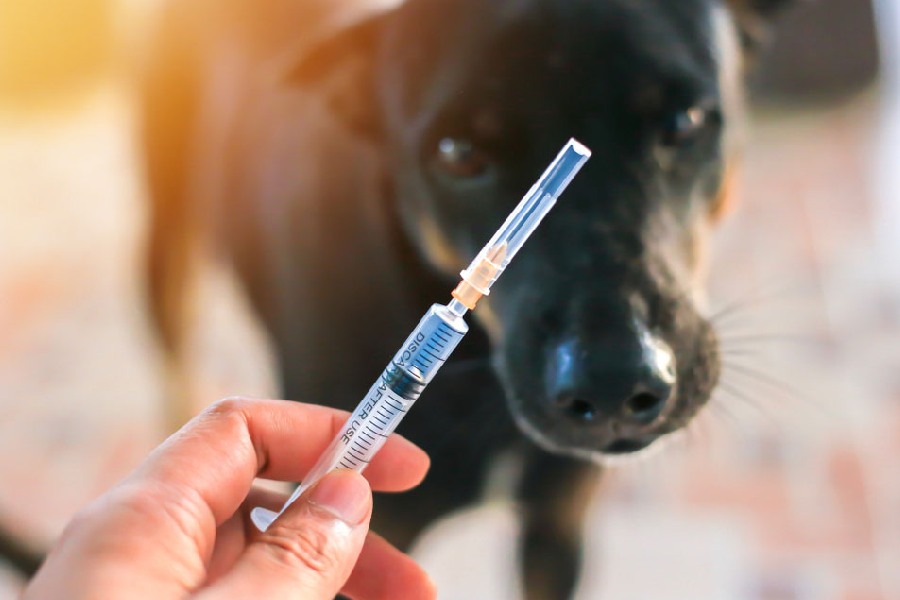- Bengal accounts for more than 40 per cent of the rabies cases in India between 2005 and 2020
- Goa, which implemented a mass dog vaccination programme in 2015, did not see a single rabies case between 2018 and 2022
Researchers and organisations working to mitigate human-dog conflict shared some insights into the scale of the problem at a news conference on Wednesday.
They called for more objective media coverage of the conflict.
“An instance of conflict between a dog and a human can result in tragic consequences. However, while reporting on cases of human-dog conflict, it is important to bear in mind that the story does not begin and end at the moment of conflict,” said a dossier from the organisers.
Using tropes such as “dog menace” to whip up public emotions often does
more harm than good, they said.
“We share a long history of sharing space with animals. Dogs and humans have co-existed for centuries in this land and they are an important component of the urban ecosystem. A scientific understanding of their lives and balanced ecosystem management can lead to conflict reduction and sustainable urban development,” said Anindita Bhadra, associate professor at IISER Kolkata, who is studying the behavioural ecologies of India’s free-ranging dogs or street dogs,
said.
The organisers cited a November 2023 Lancet research paper that studied rabies trends using data from the National Health Profile (NHP), a collection of state-wise monthly health condition reports between 2005 and 2020.
It showed that India recorded 2,863 cases of rabies between 2005 and 2020. “Five states contributed to over three-fourths of the total burden: West Bengal (43%), Andhra Pradesh (10%), Maharashtra (8%), Karnataka (7%) and Delhi (6%),” it said.
Bengal accounted for 1,225 cases in the period. “Despite the high burden, incidence of rabies has consistently declined in this period in Bengal,” the dossier said.
Rabies is a virus that spreads to people from
the saliva of infected animals.
“Dog bites and scratches cause 99% of the human rabies cases, and can be prevented through dog vaccination and bite prevention. Once the virus infects the central nervous system and clinical symptoms appear, rabies is fatal in 100% of cases,” says the WHO website.
“India is endemic for rabies and accounts for 36% of the world’s rabies deaths... it causes 18,000-20,000 deaths every year.”
For prevention, mass dog vaccination has proven to be an effective tool, amongst other measures.
Goa is a case in point. The state initiated a State Rabies Control Programme in 2015. It has three elements: mass dog vaccination, rabies surveillance, and education and awareness.
Data from 2015-2022 shows Goa has not had a single case of human rabies since 2018.
The programme is not robust in Bengal, said Bhadra. “It happens in pockets and not regularly,” she said.
“While we do not expect or even desire complete agreement from different stakeholders, measured reporting can help enable productive debates to address problems like human-dog conflict,” said Amshuman Dasarathy, an associate at Socratus, an organisation that promotes public conversations on this issue.











